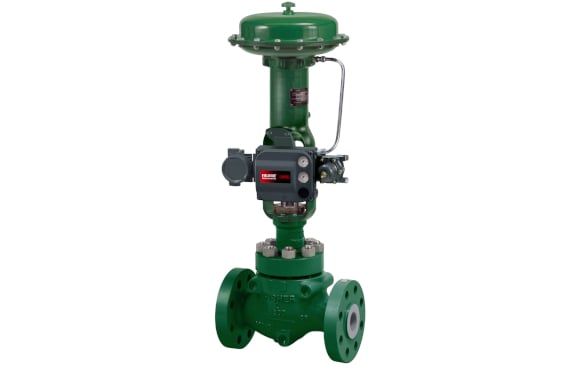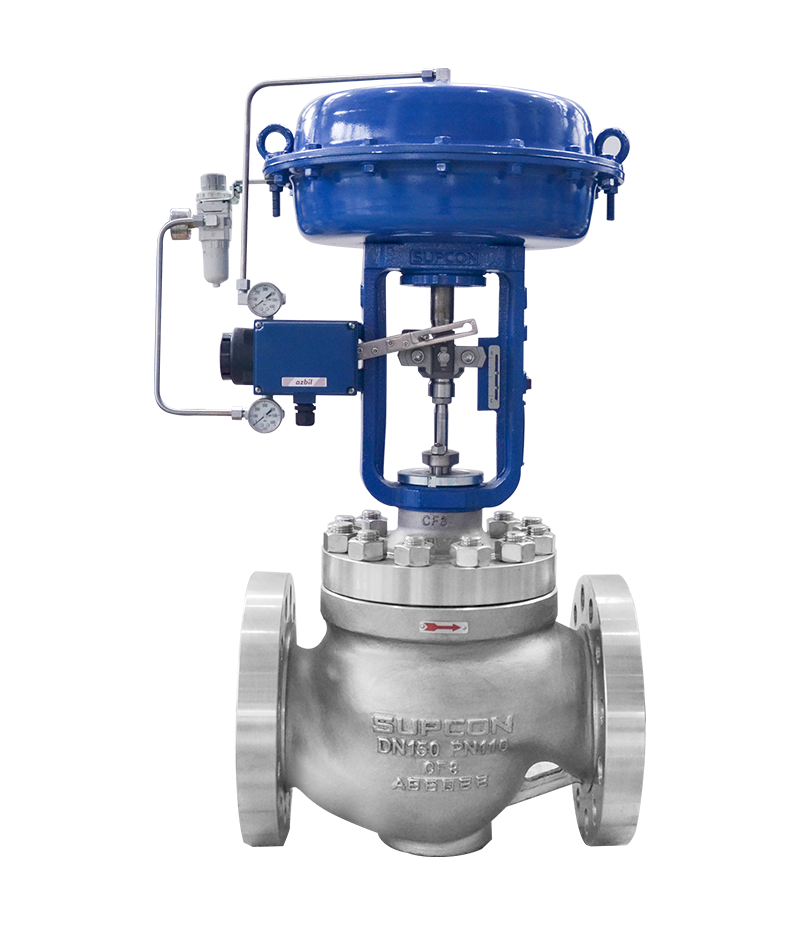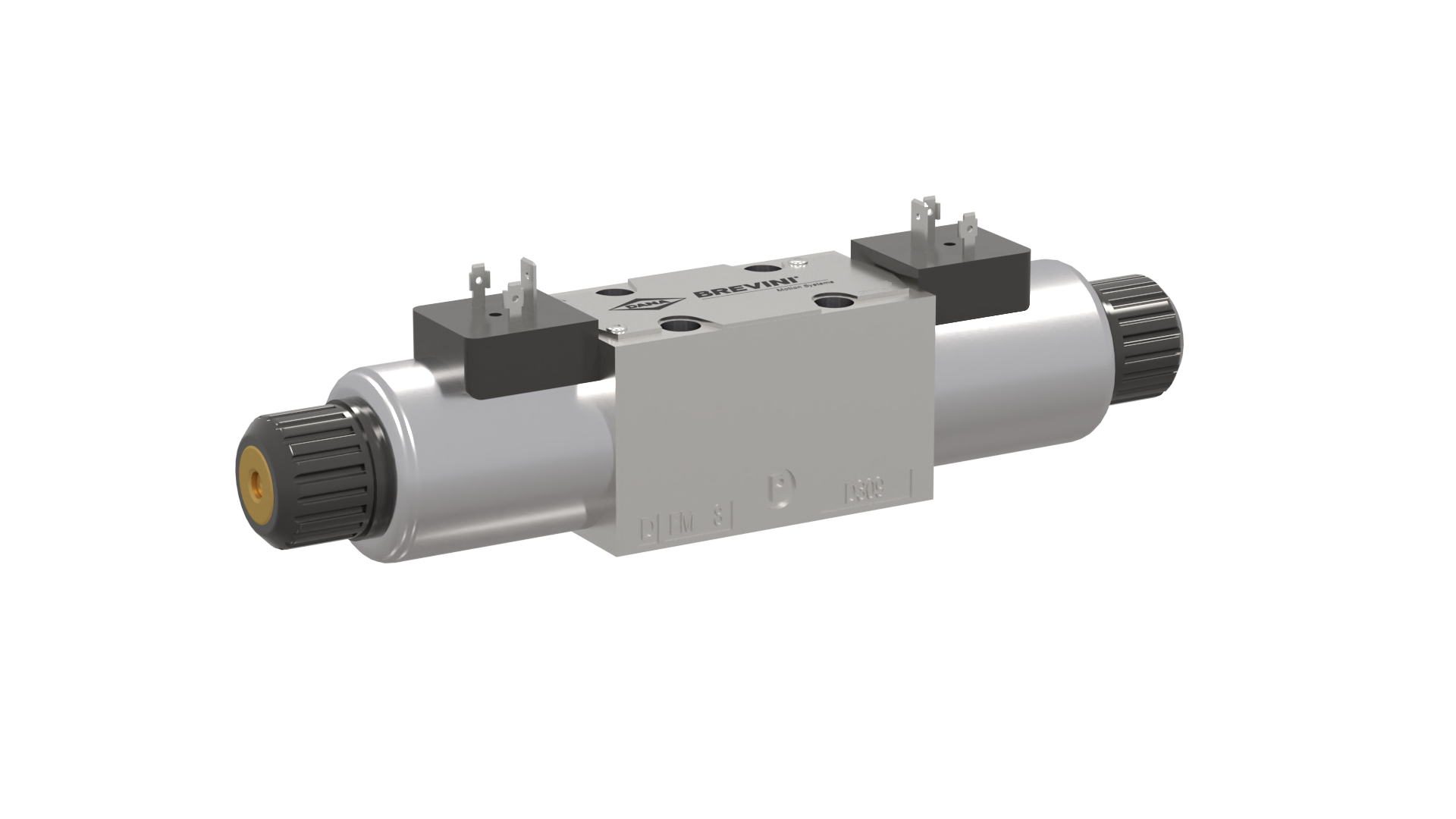The Function of Control Valves in Liquid Flow Monitoring Solution
The Function of Control Valves in Liquid Flow Monitoring Solution
Blog Article
Achieve Seamless Integration and Control With Top Quality Building Automation Controls
In the realm of modern-day building management, the value of quality structure automation controls can not be overstated. Accepting top quality building automation controls is not just a matter of convenience but a strategic essential for companies intending to maximize their centers' efficiency and sustainability.

Advancement of Structure Automation Controls
Throughout the previous couple of decades, the evolution of developing automation controls has dramatically transformed the way buildings are taken care of and operated. Developing automation systems mainly concentrated on standard functions such as managing home heating, ventilation, and air conditioning (HVAC) systems. Nonetheless, as modern technology progressed, these controls have ended up being much more advanced, enabling a broader variety of building systems to be incorporated and handled centrally.
The development of building automation controls has actually seen a change towards more intelligent systems that can adapt to changing problems in real-time. This adaptability is essential for optimizing power effectiveness and making certain resident comfort. In addition, modern-day building automation controls now supply features such as anticipating upkeep, remote surveillance, and data analytics, enabling center supervisors to make data-driven choices to improve structure performance.

Benefits of Top Quality Integration
The innovation in structure automation controls in the direction of even more smart systems has emphasized the substantial advantages of quality assimilation in maximizing structure procedures and enhancing general efficiency. This centralized control also gives much better presence and insights into structure efficiency, allowing positive maintenance and optimization approaches. On the whole, the advantages of high quality assimilation in structure automation controls are obvious, using increased effectiveness, comfort, and operational efficiency.
Enhanced Individual Experience and Accessibility
Enhancing user communication with building automation controls via instinctive design and boosted ease of access boosts the total experience for owners and facility managers alike. By focusing on customer experience, constructing automation systems can come to be a lot more efficient and easy to use. Intuitive user interfaces, clear navigation, and customizable settings encourage individuals to engage with the controls easily and efficiently.
Ease of access features play a critical duty in making certain that all individuals, including those with disabilities, can visit their website utilize the structure automation regulates easily. Incorporating features such as voice commands, tactile buttons, and color-contrasted screens can enhance availability and make the controls a lot more inclusive.
In addition, enhanced customer experience brings about higher user satisfaction, increased performance, and better decision-making. Occupants can readjust ecological settings according to their choices, while facility supervisors can effectively check and handle building systems - control valves. Generally, focusing on user experience and access in building automation controls contributes to a more efficient and smooth structure environment for all stakeholders entailed
Sustainable Practices Via Automation

Moreover, automation can promote the combination of renewable power sources such as solar panels or wind turbines into building operations. Through automation, structures can line more up with contemporary sustainability objectives and add to a greener future.
Future Trends in Building Control Systems
In expectancy of progressing innovations and progressing sustainability techniques, the trajectory of structure control systems is positioned to welcome cutting-edge solutions and transformative strategies. One popular trend forming the future of structure control systems is the boosted integration of Artificial Knowledge (AI) and artificial intelligence. These modern technologies enable structures to adjust in real-time to transforming conditions, optimizing power intake and improving comfort for occupants. Additionally, the Internet of Things (IoT) is revolutionizing structure control systems by attaching sensing units and tools to improve operations and boost efficiency.
An additional essential pattern is the focus on cybersecurity procedures to shield versus prospective dangers to building automation systems. As buildings come to be a lot more interconnected, ensuring robust cybersecurity methods will be necessary to guard sensitive data and avoid unapproved gain access to.
In addition, the shift towards cloud-based systems is gaining momentum, enabling for streamlined control and remote access to building systems. This facilitates much easier monitoring, maintenance, and updates, improving the overall performance and versatility of structure control systems. As technology proceeds to development, these fads are expected to form the future landscape of building automation controls, driving development and sustainability in the developed atmosphere.
Final Thought
Future trends in building control systems are likely to focus on additional boosting automation capabilities for boosted energy performance and overall efficiency. It is vital for structure proprietors and operators to prioritize the fostering of high quality structure automation manages to enhance building procedures and accomplish long-term sustainability objectives.
In the world of contemporary structure management, the relevance of high quality structure automation controls can not be overemphasized. Generally, the development of building automation controls proceeds to drive innovation in the building monitoring industry, supplying brand-new possibilities for producing smarter and much more sustainable buildings.
The advancement in building automation manages in the direction of even more smart systems has actually underscored the considerable benefits of top quality combination in enhancing building operations and enhancing general effectiveness. On the whole, prioritizing customer experience and access in building automation manages contributes to a more smooth and productive building environment for all stakeholders included.
It is crucial for structure proprietors and operators to prioritize the fostering his explanation of high quality building automation manages to optimize building procedures and accomplish lasting sustainability objectives. - control valves
Report this page